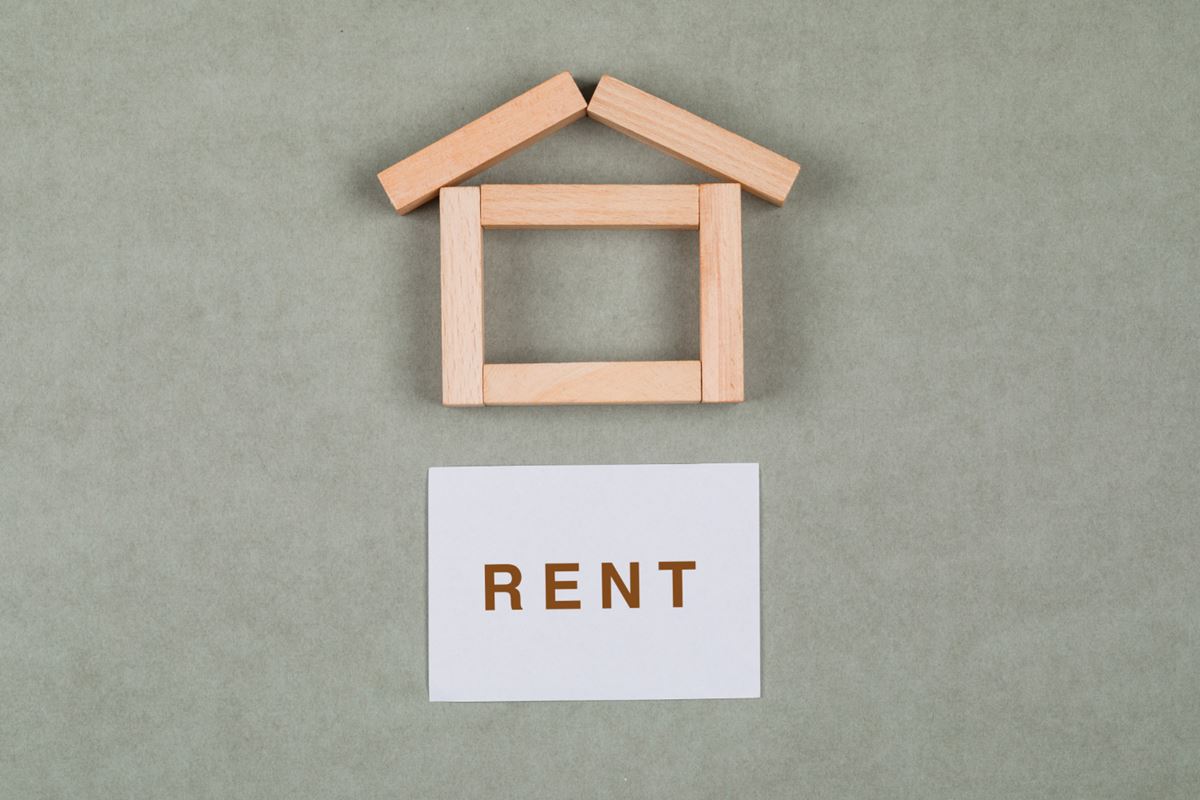Subleasing is a common practice in property leasing, but as a landlord, you may be wondering how to best navigate this process. This guide will shed light on the nuances of subleasing from a landlord’s perspective. We will explore what subletting means, understand the legalities associated with it, and delve into the benefits and pitfalls related to subletting your property.

What is Subleasing?
Subleasing, also known as subletting, is a unique leasing arrangement where your original tenant rents all or part of their rented property to another individual. This new tenant is referred to as a subtenant. While your original lease agreement persists with the primary tenant, a separate sublease agreement exists between the primary tenant and subtenant.
Essentially, the main tenant takes on the role of a secondary landlord. Subleasing can be an efficient solution for tenants who need to vacate their space without breaking their leases.
What is the Difference Between a Legal and Illegal Sublease?
Let’s delve into understanding the difference between a legal and illegal sublease.
Legal subletting happens when your tenant, with your written consent, rents out your property to another person. However, an illegal sublease occurs when your tenant rents out your property without obtaining your written permission. They may write up a contract behind your back.
In both situations, having a variety of sublease agreement templates can make things easier for you. They offer guidelines to ensure everything is well-documented and legally sound. This makes for more controlled decisions that help prevent unexpected issues down the line.
What are the Benefits and Disadvantages of a Subletting?
There are several benefits and disadvantages to consider with subleasing. For instance, a key benefit is that it may provide an economical solution for tenants and protect you and the tenant from financial issues. However, this process can also create significant headaches for landlords.
Without meticulous regulation, you could potentially deal with unfamiliar subtenants and unforeseen disputes. Even though the original tenant is responsible for any issues created by the subtenant according to their agreement, the burden of resolving them often falls on your shoulders as the owner of the property. You’ll need to weigh the pros and cons of each scenario.
What Terms Should You Include in Your Sublease?
If you choose to allow your tenants to sublease, you’ll want to make sure they’re set up with an appropriate contract. This will outline all of their duties as well as the circumstances for which a tenant may be evicted. You should discuss these rules with your tenants before subleasing.
The rental agreement should have specific language about the rules around subletting:
- Write something like, “Residents aren’t allowed to assign this lease or sublet the premises for the full extent of the term of this lease without prior (written) consent from the landlord/agent/manager/owner.” This protects you from subletting situations.
- Once a tenant finds a potential subtenant, the landlord must conduct the same background checks as they performed on the original tenant. These include credit and criminal checks, eviction reports, current employer, and landlord references.
- If the subtenant is accepted, create a separate sublease agreement and have both the tenant and sub-tenant present to sign it. Check your local laws for who is responsible for rent payments, due dates, and late fees, but it typically falls to the tenant or sub-tenant.
If an illegal subtenant moves in, do not accept rent from them. Once you do, they can claim tenants’ rights if you try to remove them. Only ever accept payment from legal tenants.
Keep in mind that you can make the subletting process easier with technological solutions.
In Conclusion
Always remember that a well-managed sublease situation with an agreement can turn into an advantageous scenario for all parties involved. Use this guide as your assistive tool to navigate through the nuances of subleasing and construct clear contracts that protect your interests.
Published in: Real estate | Author: Yanita










